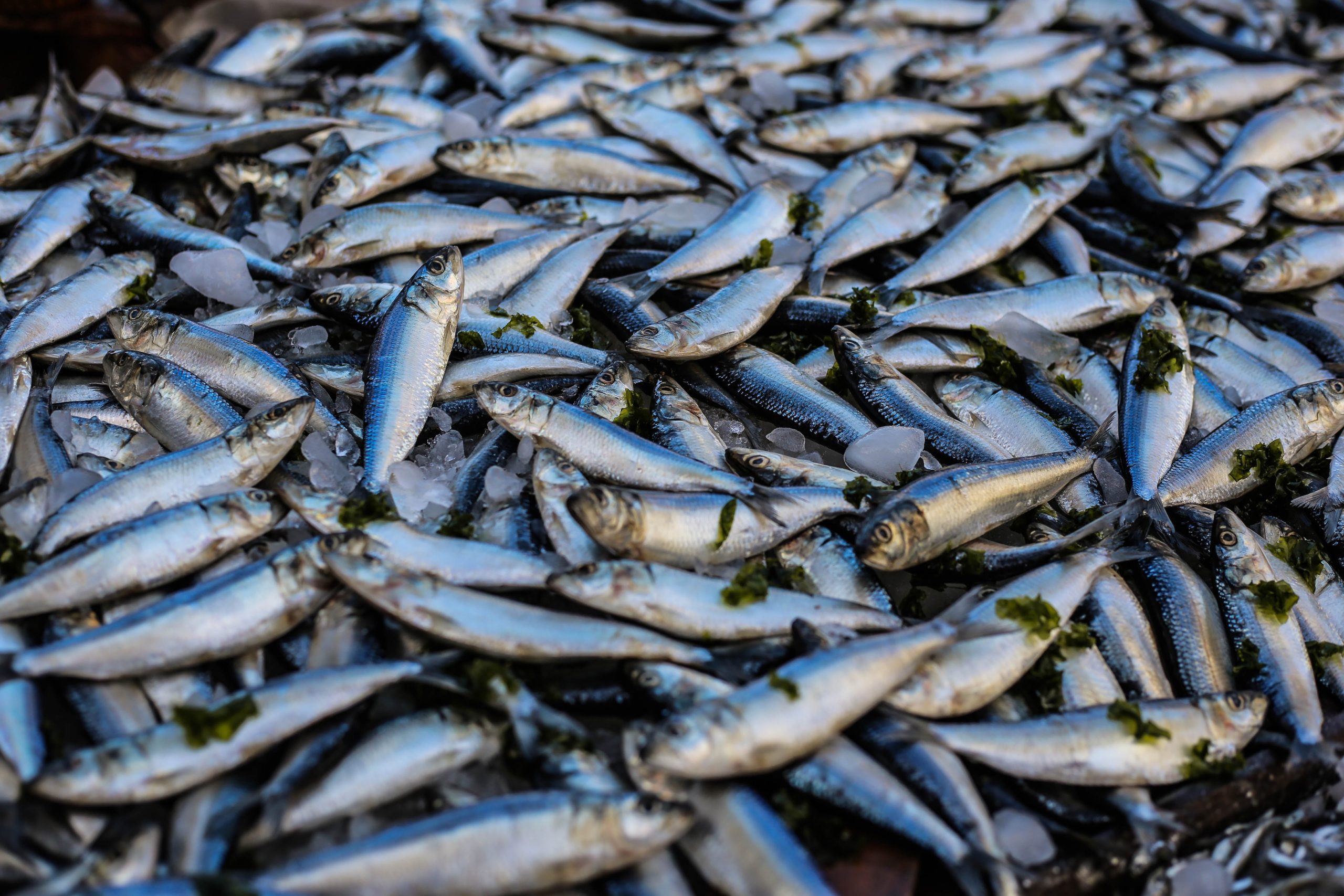
23 Nov Utilising wild fisheries’ capture to maximise nutrients for the global population
Some of us may be concerned about the sustainability of the fish we eat: has it been captured with respect for the sea’s ecosystem? Are maximum sustainable yields considered? Did the fishing vessels run on polluting fuels from finite resources? This Thought for Food highlights conclusions of recent work on the links between fisheries and global nutrient supply, and how these could be optimised.
Concern around fishery sustainability is not without reason: according to the FAO, around 35% of fishery stocks are currently overfished, and fishing is responsible for considerable damage to marine ecosystems. As a consumer, it is therefore good to be aware of the fish and seafood you eat, and how it is captured. But did you also know that not all the edible fish and seafood that is caught ends up on your plate?
This is because not all captured fish and seafood is destined for human consumption. Some of it does not even make it to shore because it is discarded at sea. A proportion of the yield that makes it to land is used for direct human consumption, but some is also used as feed in aquaculture or other livestock systems. Some of the fish that goes to direct human consumption is processed into fillets, which yields edible by-products that we currently do not consume but are used as animal feed, fertiliser, to produce bioenergy, or go to landfill.
A recent study published in Nature Communications on Earth and Environment presented a hypothetical scenario in which all fish and seafood, and their edible by-products, are used for direct human consumption. This includes fish and seafood currently discarded and fish and seafood used as animal feed, as well as currently under-utilised edible by-products. Moreover, it also added an estimation for the amount of fish and seafood that is currently captured but not reported – i.e., illegal and unreported fishing – which also contributes to nutrient availability from wild capture fisheries. By combining the amount of available fish and seafood with nutrient content data, the quantity of nutrients (a selection of macro- and micronutrients) that would be available in this hypothetical “No Waste” scenario was estimated.
The main conclusion? Supply of some nutrients from seafood could be doubled when using all fish and by-products for direct human consumption. This would mean that, without fishing more than we currently do, we could greatly increase the nutrient supply from capture fish for the global population.
For example, supply of omega-3 fatty acids, which are difficult to obtain from sources other than seafood, could increase from an estimated current per capita availability of 128g/day to ~270g/day. The research shows that small pelagic specifically have great potential to increase the nutrient availability from wild capture fisheries. The reasons are that they are mainly fished to be used as animal feed, but also can often be consumed whole and contain a high density of micronutrients in that form. Therefore, in a “No Waste” scenario, >40% of global calcium requirements could be met by wild captured seafood alone. Much of this calcium is found in the bones of these fish, and making this palatable to consumers would require incorporation into acceptable formats; several such products already exist (e.g. fish bone meal as a partial wheat flour substitute).
This is particularly important given the global calcium deficit currently estimated by the DELTA Model®. In 2020, there was a 32% gap between calcium supply from food and the calcium requirements of the global population. At present, less than 10% of calcium supply is estimated to come from fish and seafood, but this could be greatly increased by human consumption of what are currently considered “feed fish” and edible fish by-products. We must also consider the implications of the feed gap that would be created with this reallocation, most notable for aquaculture , but also with potential implications for terrestrial feed production.
Of course, the current utilisation of capture fisheries’ has been shaped like this for a reason: consumption preferences, cost-effectiveness and fishing quota all drive current utilisation and management. Therefore, the authors also emphasise that changing the utilisation of wild fishery capture would require a transformation of the whole system, particularly consumer acceptance, and is not something easily implemented in the short-term. It is important to explore what is possible from the global food system with modelling, but also to consider what is practical over a meaningful time period. However, the findings should make us re-think some practices in the current food system the next time we put fish on the menu.
This Thought for Food was written by Renée Cardinals, PhD student at Wageningen University & Research, with the support of the SNi® team.
Photo by Oziel Gómez from Pexels.






